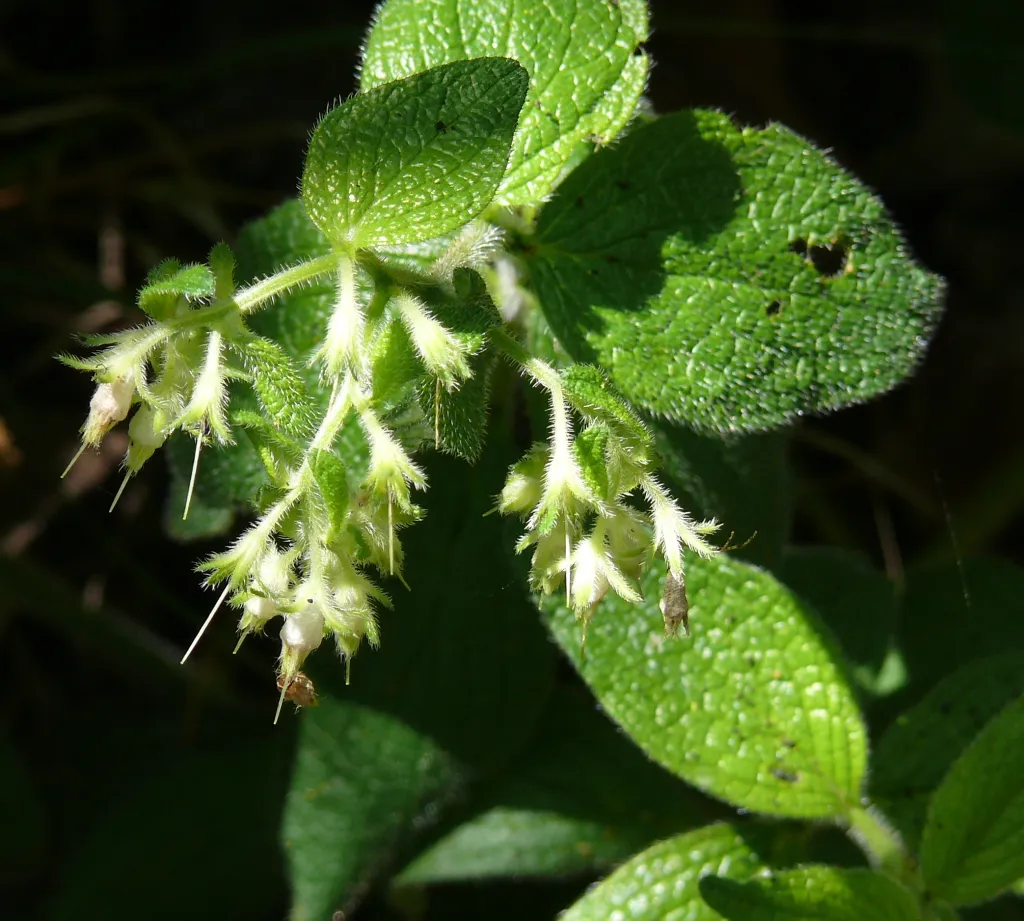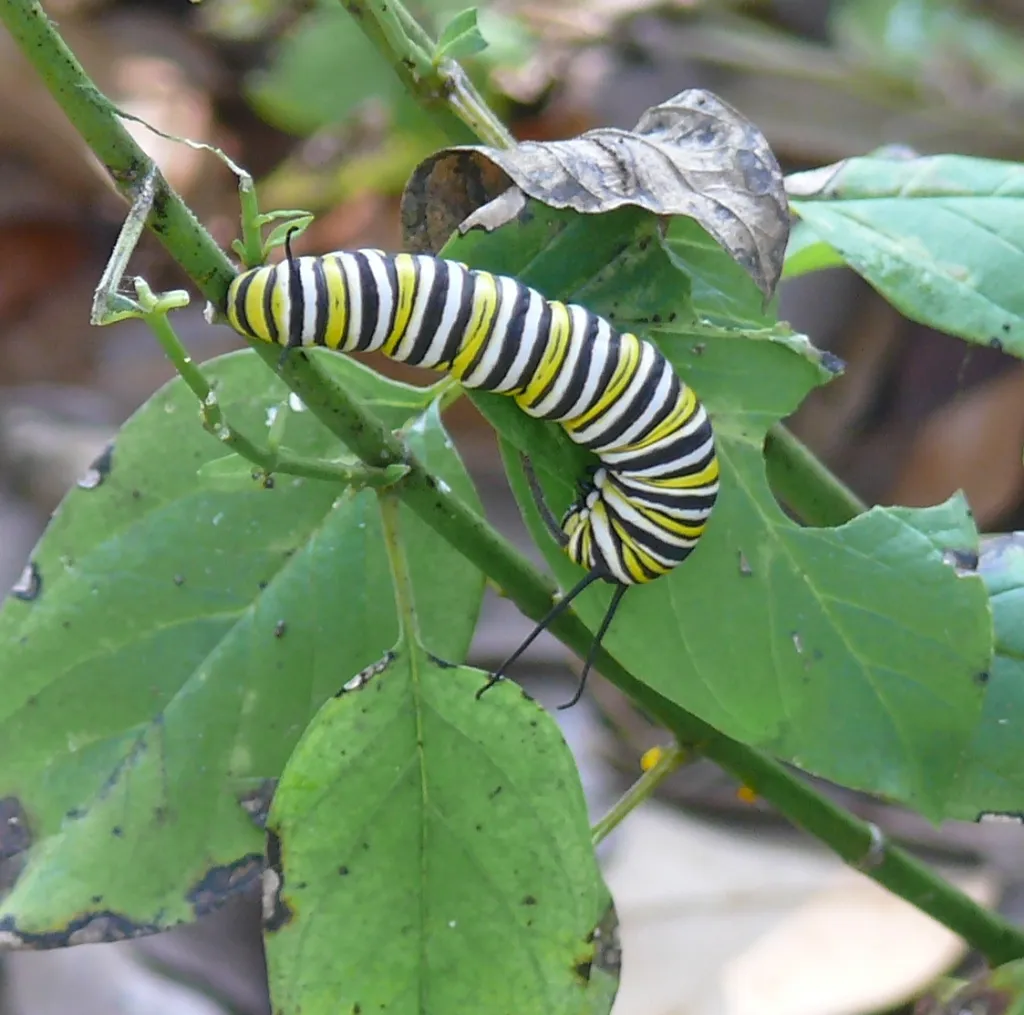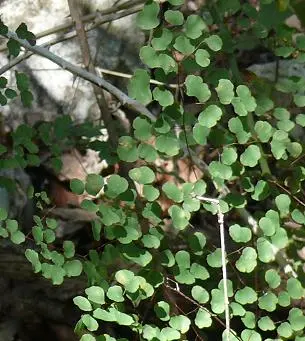Author: Bill Ward
There are close to 5,000 species of plants indigenous to Texas. Of these, almost 400 are endemic (i.e., occur no where else but Texas). The Texas Hill Country, alone, has about 75 endemic species, a lot more than most states have. I think I’ve written these facts in this column before, and I’ll probably do it again. I like the sound of them.

Recent Cibolo Nature Center field trips with Bill Carr, botanist with Texas Nature Conservancy, have impressed me with how many endemics are growing right here in the southeastern part of the Edwards Plateau. Last week’s field trip to Delmar and Ann Cain’s property on Spring Creek was no exception. Every few minutes Bill Carr would announce that we had come upon another Hill Country endemic.
One of the first plants we saw in a shady area of the Cains’ rocky terrain was marble-seed (Onosmosdium helleri). Its thick, hairy leaves with their deeply indented veins look almost quilted. During early spring, this plant puts out clusters of small white elliptical flowers with long pistils and hairy sepals. Marble-seed grows only in a narrow belt from Williamson County to Kerr County, mostly on the eastern and southeastern margins of the Edwards Plateau.

Growing near the marble-seed on the Cain property is Texas milkweed (Asclepias texana), not strictly endemic to the Texas Hill Country, but certainly not widespread. It grows wild in two separated areas: one, the Edwards Plateau, and the other, Trans Pecos Texas and northern Mexico. This white-flowering milkweed can be food for monarch larvae, although they seem to prefer other milkweeds.
Along the Cains’ path down to the creek are a few more endemics. Spreading out from one rocky crevice is a seven-leaf creeper (Parthenocissus heptaphylla), cousin to the common Virginia creeper (P. quinquelina). Seven-leaf creeper is found only on the Edwards Plateau and slightly north, except for one small area recorded in the Trans Pecos.
Twist-leaf yucca (Yucca rupicola) also grows along this shady path below liveoaks and junipers. This yucca is a hardy landscape plant and has been sold in the nursery trade for many years. In nature it is confined to the Edwards Plateau, except for one or two reported occurrences in north Central Texas.
On the steep walls of Spring Creek canyon, we saw another Hill Country endemic, Lindheimer’s rock daisy (Perityle lindheimeri var. lindheimeri). The numerous yellow flowers of this little bush brighten the walls of many limestone canyons throughout the eastern and southern parts of the Edwards Plateau.

Sycamore-leaf snowbell (Styrax platanifolius var. platanifolius) and canyon mockorange (Philadelphus ernestii; now not separated from P. texanus) are two more Edwards Plateau endemics that grow from the steep walls of the Spring Creek canyon. Both these bushes produce attractive white flowers during the spring.
There are other endemic grasses, sedges, vines, and bushes on the Cain property, but let me use the rest of my space to tell about an endemic fern we saw on an earlier native-plant field trip. This species is endemic to a very small area of Texas.
Until a couple of years ago, I was not even aware that the common, widespread maidenhair fern (Adiantum capillus-veneris) has a Hill Country cousin called hairy maidenhair (A. tricholepis). Hairy maidenhair fern is known only from Medina County downstream of Medina Lake Dam. We were lucky enough to see it on a field trip hosted by Knox Miller. That Hill Country fern has one of the smallest ranges of any endemic around here. What a treat to be able to see it on a field trip sponsored by the Boerne Chapter, Native Plant Society of Texas!
